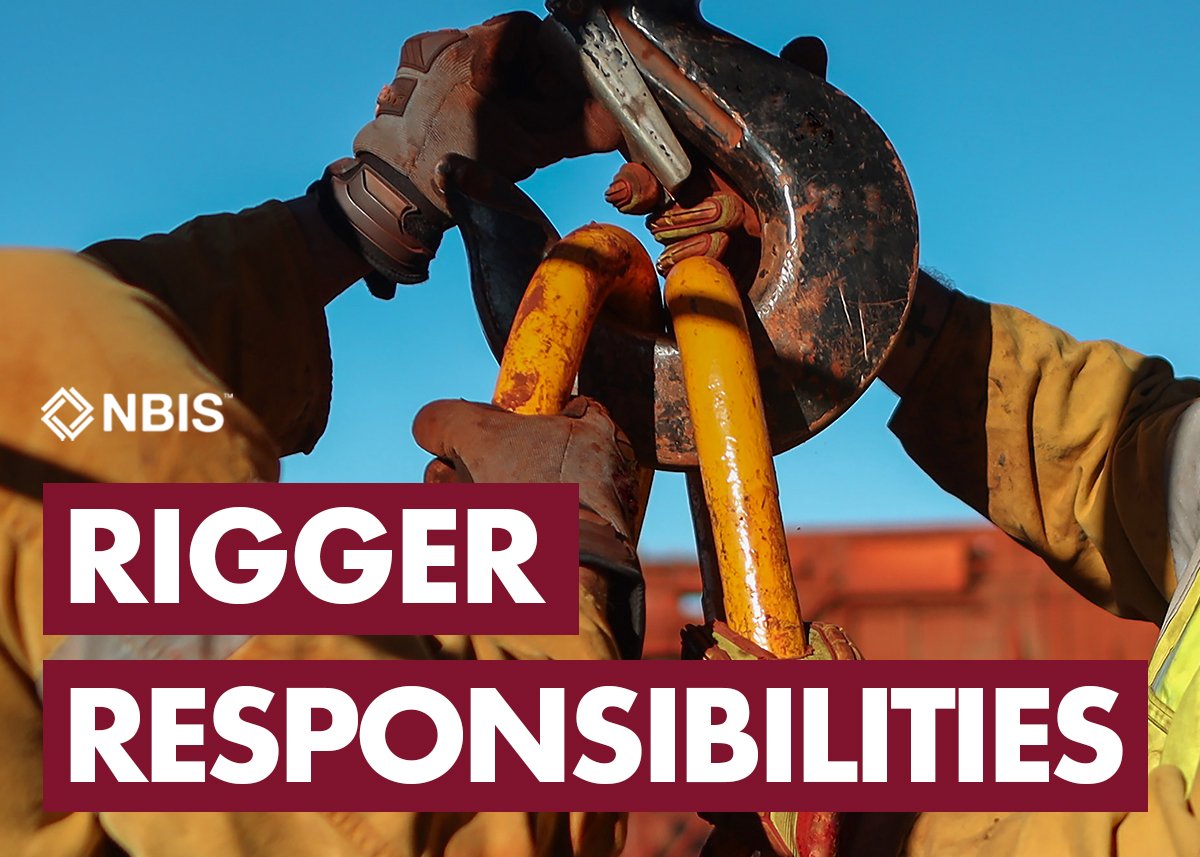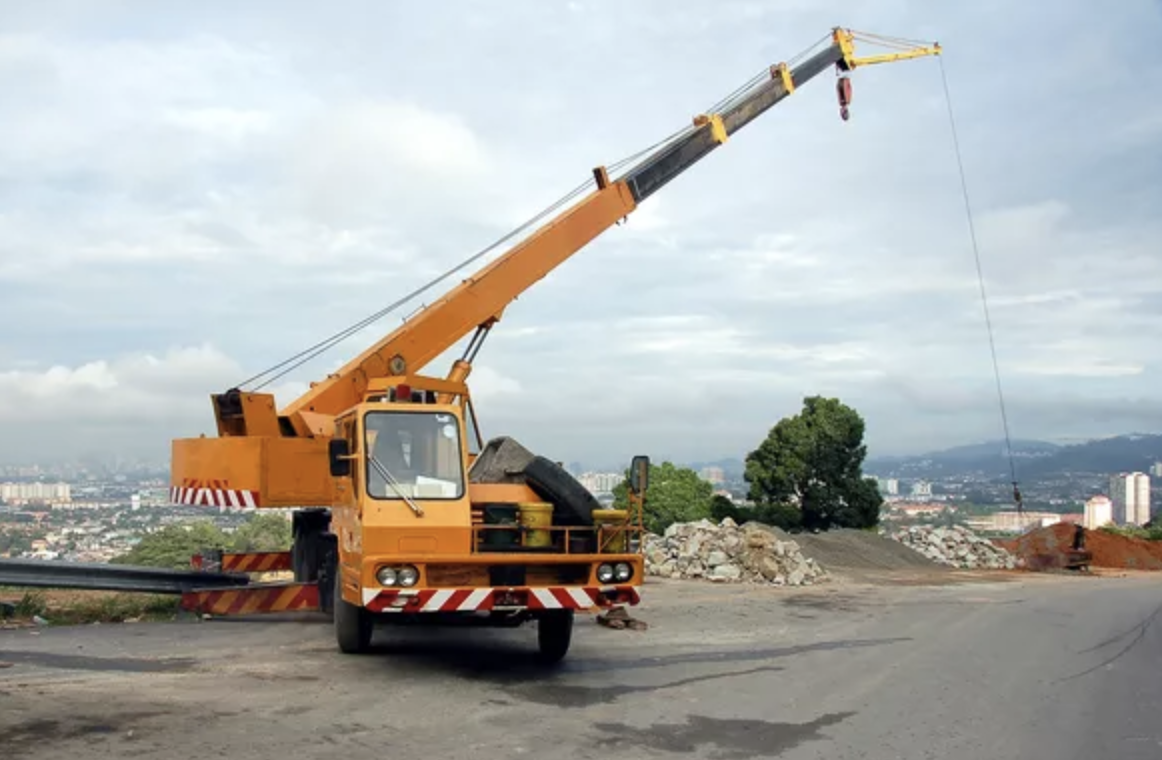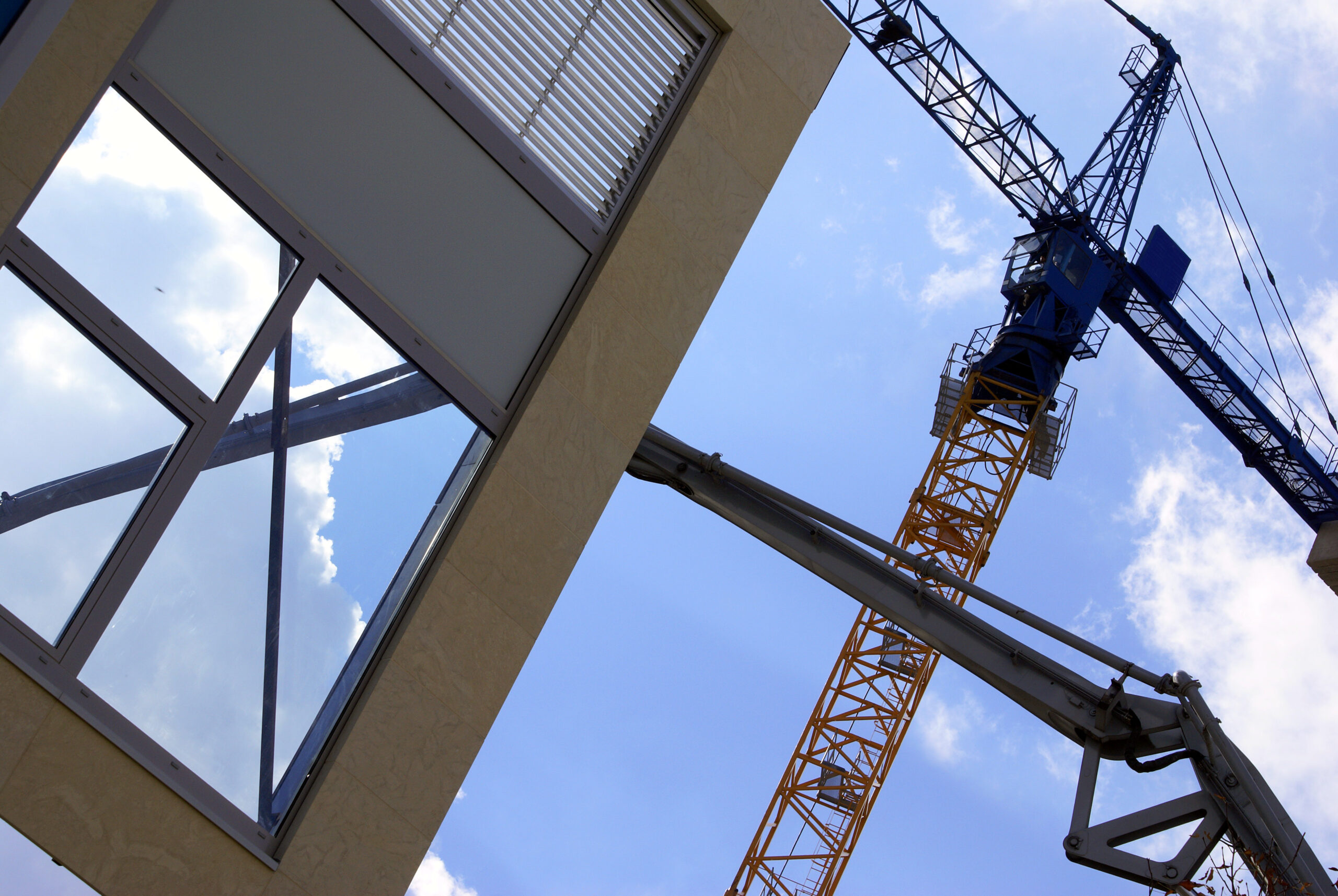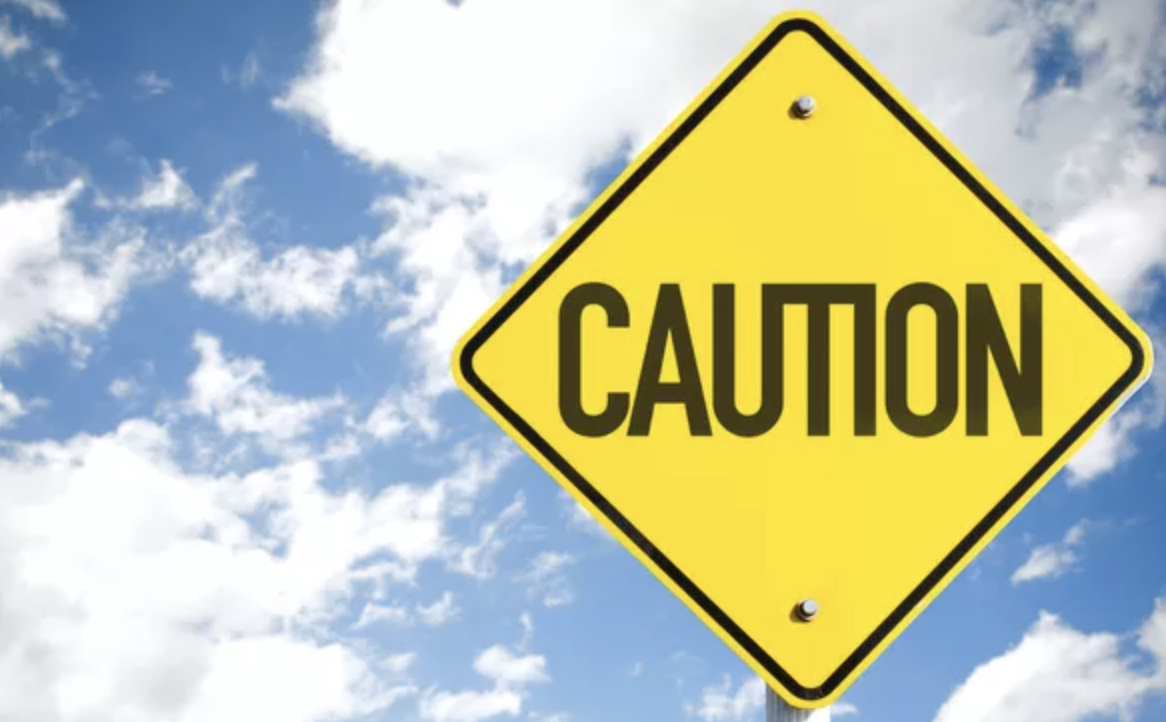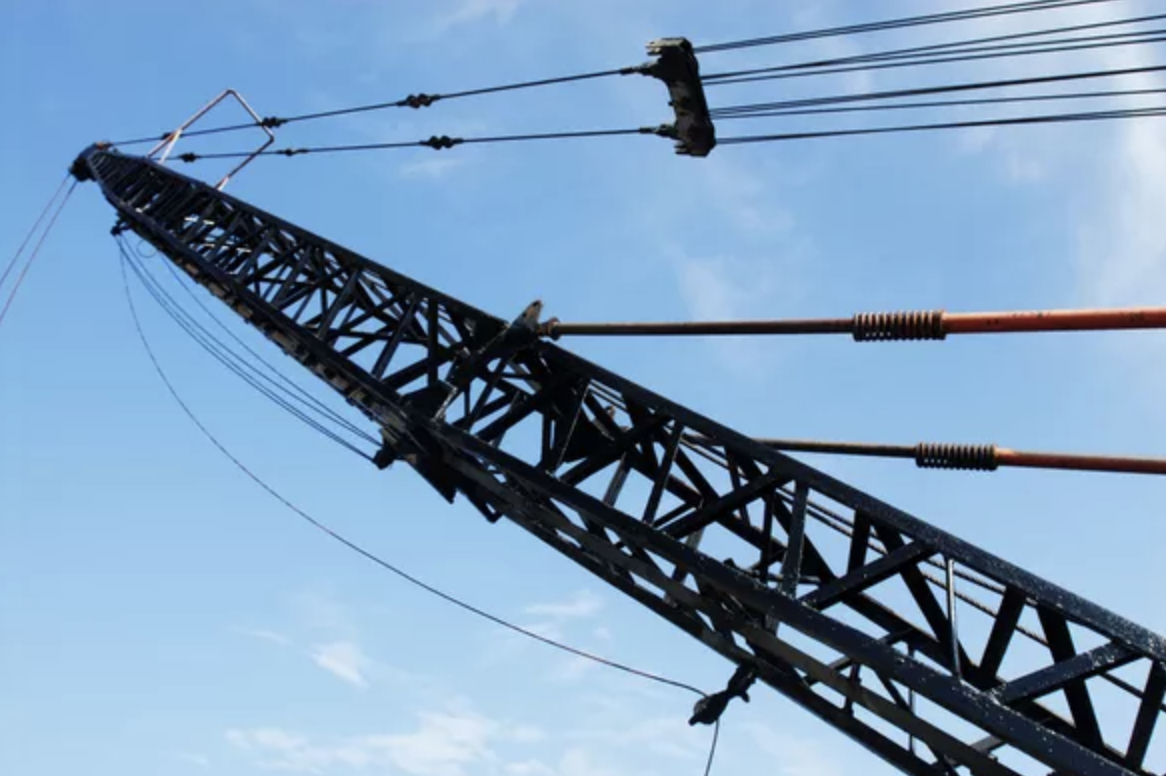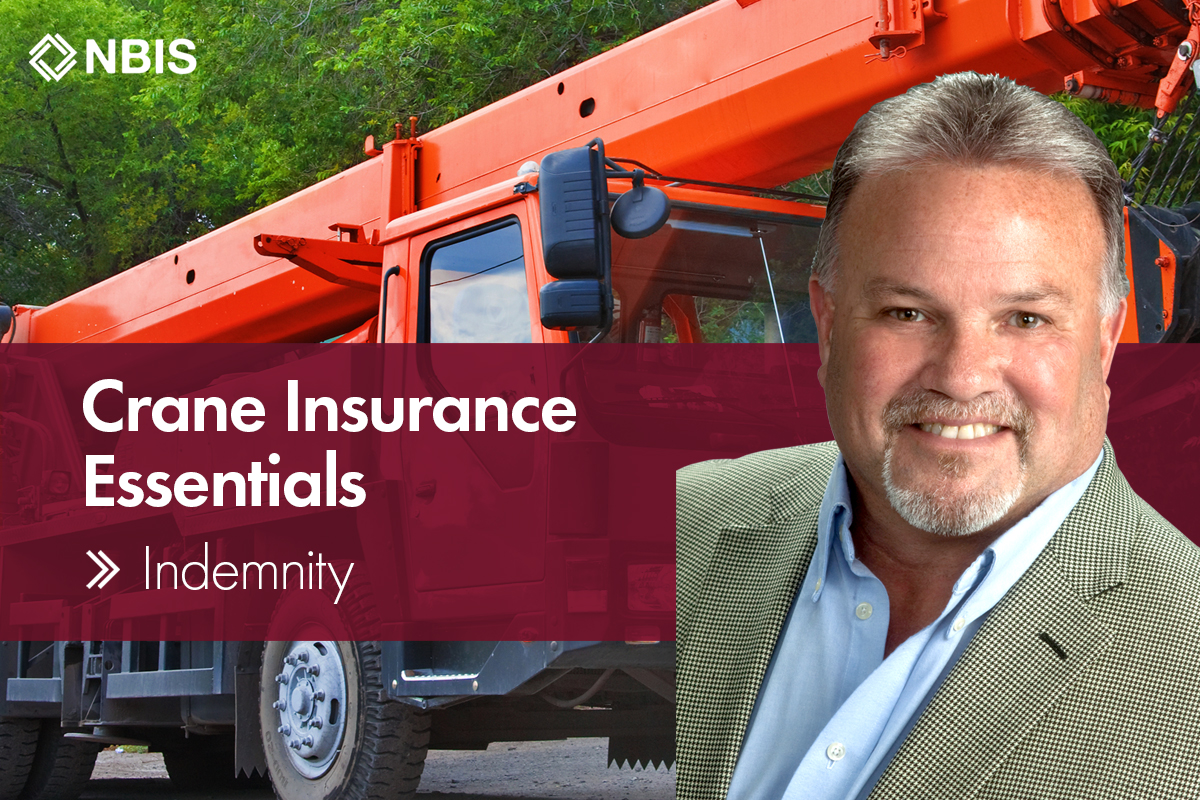Ensuring a safe and successful lift is one of the biggest priorities in crane operations. Unfortunately, crane accidents are inevitable—and when it comes to liability, we often face ambiguity.
One of the biggest realms of uncertainty is rigger responsibility.
For a long time, our industry lacked a clear definition of the rigger’s role and duties. We look to two principal sources of information to provide rigger responsibilities and equipment requirements:
- OSHA Standard 1926.251 and
- ASME B30.5.
Together, they provide a holistic perspective on the jobsite responsibilities of riggers, as well as equipment inspection standards. Crane operations are never one-size-fits-all, but by knowing the official rigger responsibilities, your company can better navigate liability in the event of a crane incident.
OSHA Standard 1926.251
At a glance
- Provides specific requirements and inspection requirements for rigging equipment
- Addresses a wide array of equipment and operating procedures
- Does not provide responsibilities for the rigger themselves
A closer look
This OSHA standard outlines inspection criteria for material-handling rigging equipment. The standard states:
Rigging equipment for material handling shall be inspected prior to use on each lift and as necessary during its use to ensure that it is safe. Defective rigging equipment shall be removed from service.
Though the standard addresses everything from minimum sling lengths to safe operating temperatures, it doesn’t provide clear answers to the question of rigger responsibility.
ASME B30.5: Rigger Responsibilities
At a glance
- Includes Chapter 5-3 on rigger responsibility as of 2018
- Clearly defines minimum responsibilities for riggers at a load-handling activity
- Plays a significant role in building, construction, crane, and rigging industries
B30.5 is one of ASME’s most-requested standards. Companies in the building, construction, and crane industries are constantly reviewing B30.5 because it provides widespread clarification on crane operation crews’ roles and responsibilities.
A Closer Look
In 2018, ASME published its latest version of the B30.5 standards, including a section on rigger responsibilities.
Chapter 5-3 of ASME B30.5 states that riggers at a load-handling activity are, at a minimum, responsible for the following:
- Ensuring the weight of the load and its approximate center of gravity have been obtained.
- Selecting and inspecting the proper rigging equipment and ensuring said equipment complies with the applicable ASME B30 Volume.
- Ensuring the rated load of the rigging equipment is selected and configured such that it is sufficient for the load to be handled.
- Properly attaching the rigging equipment to the hook, shackle, or other load-handling device.
- Ensuring the rigging equipment is protected from abrasion, cutting, or other damage during load-handling activities.
- Rigging the load to ensure balance and stability.
- Knowing and understanding the applicable signals for equipment in use.
- Installing and using a tag line when additional load stabilization is necessary
Proper Risk Prevention and On-Site Safety
For those of us who cultivate on-site cultures of safety and incident prevention among crane operator crews, these new standards provide a significant step towards guidance and clarity. By knowing ASME B30.5 and OSHA Standard 1926.251 inside and out, you and your team can work towards better, safer, and more thorough risk management.

